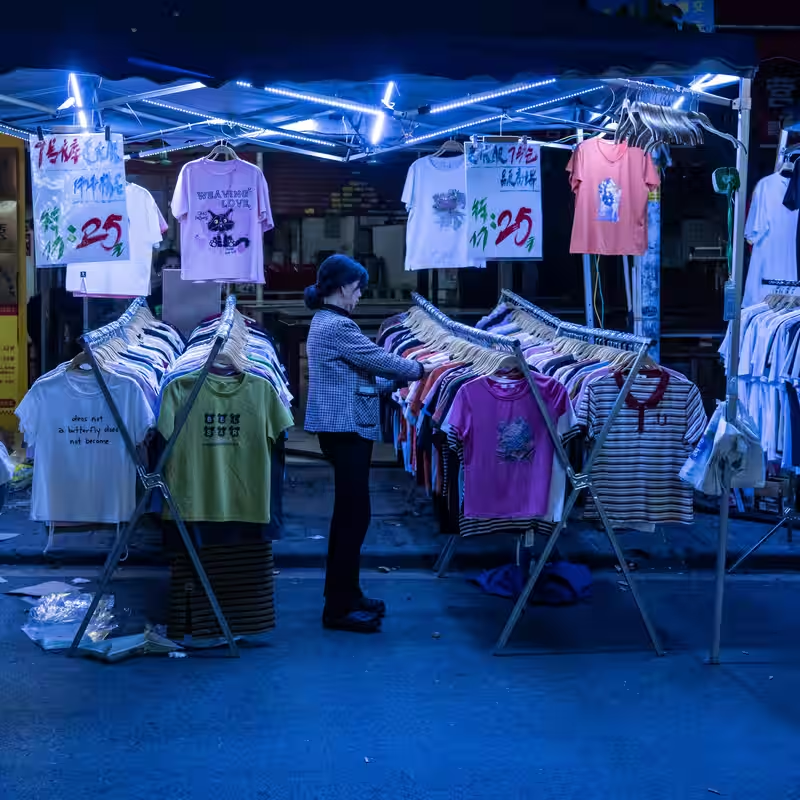China’s consumers are staying home, holding onto cash, and refusing to shop—even as the rest of the world buys Chinese goods in record numbers. This domestic spending slump, now in its fourth year, is turning into a full-blown economic headache for Beijing, with stimulus after stimulus failing to revive confidence.
The Export Boom vs. The Homefront Bust
China is on track to run a staggering $1 trillion trade surplus in 2025—its largest ever. Factories in Guangdong and Zhejiang are humming, shipping everything from electric vehicles to smartphones to markets from Berlin to Boston. Yet inside China, malls sit half-empty, luxury brands report double-digit sales declines, and young families are cutting back on basics.
“I think the current economic climate is too bad,” said Chen Yiling, a 35-year-old mother of two in Shanghai, as she browsed discount knickknacks with her toddler. “It’s hard for anyone to find a job, and even if they do, they’re easily fired.” Her husband, in finance, works on short-term contracts. The family survives on savings.
Why Stimulus Isn’t Working
For years, Beijing has tried to jump-start consumption with cash handouts, tax breaks, and “shopping festival” campaigns. But these efforts keep falling flat. Why?
- Youth unemployment remains sky-high—officially around 15%, but likely much higher in reality.
- Job insecurity is rampant, even among white-collar workers.
- Social safety nets are weak: no universal healthcare, limited pensions, and rising education costs.
- Housing prices are collapsing, wiping out household wealth and discouraging big purchases.
Instead of bold reforms, the government has doubled down on what it knows best: industrial policy and infrastructure investment. But factories can’t solve a crisis of consumer confidence.
The Political Stakes Ahead of Trump-Xi Talks
With President Trump set to meet Xi Jinping next week, China’s lopsided economy is under global scrutiny. U.S. officials and international economists are pressing Beijing to rebalance—away from export dependency and toward domestic demand.
“China can’t keep relying on the world to buy its way out of trouble,” said one IMF economist. “Sustainable growth requires Chinese households to spend—and they won’t until they feel secure.”
What Would It Take to Turn Things Around?
Economists agree: real change requires structural reforms, not one-off vouchers. Key steps include:
- Expanding unemployment insurance and healthcare access.
- Stabilizing the property market with credible buyer protections.
- Creating permanent, high-quality jobs—not gig work or temporary contracts.
- Boosting wage growth to match productivity gains.
But so far, China’s leadership shows little appetite for such overhauls. At this week’s key policy meeting to set the next five-year plan, officials are expected to prioritize tech self-reliance and manufacturing—once again sidelining consumer welfare.
A Nation Saving Instead of Spending
Household savings rates in China have hit a 15-year high. People aren’t hoarding cash out of greed—they’re bracing for uncertainty. Without trust in the future, no amount of government coupons will convince them to open their wallets.
As one Beijing shopkeeper put it: “They used to come in for new clothes every season. Now? Maybe once a year—if they’re lucky.”




